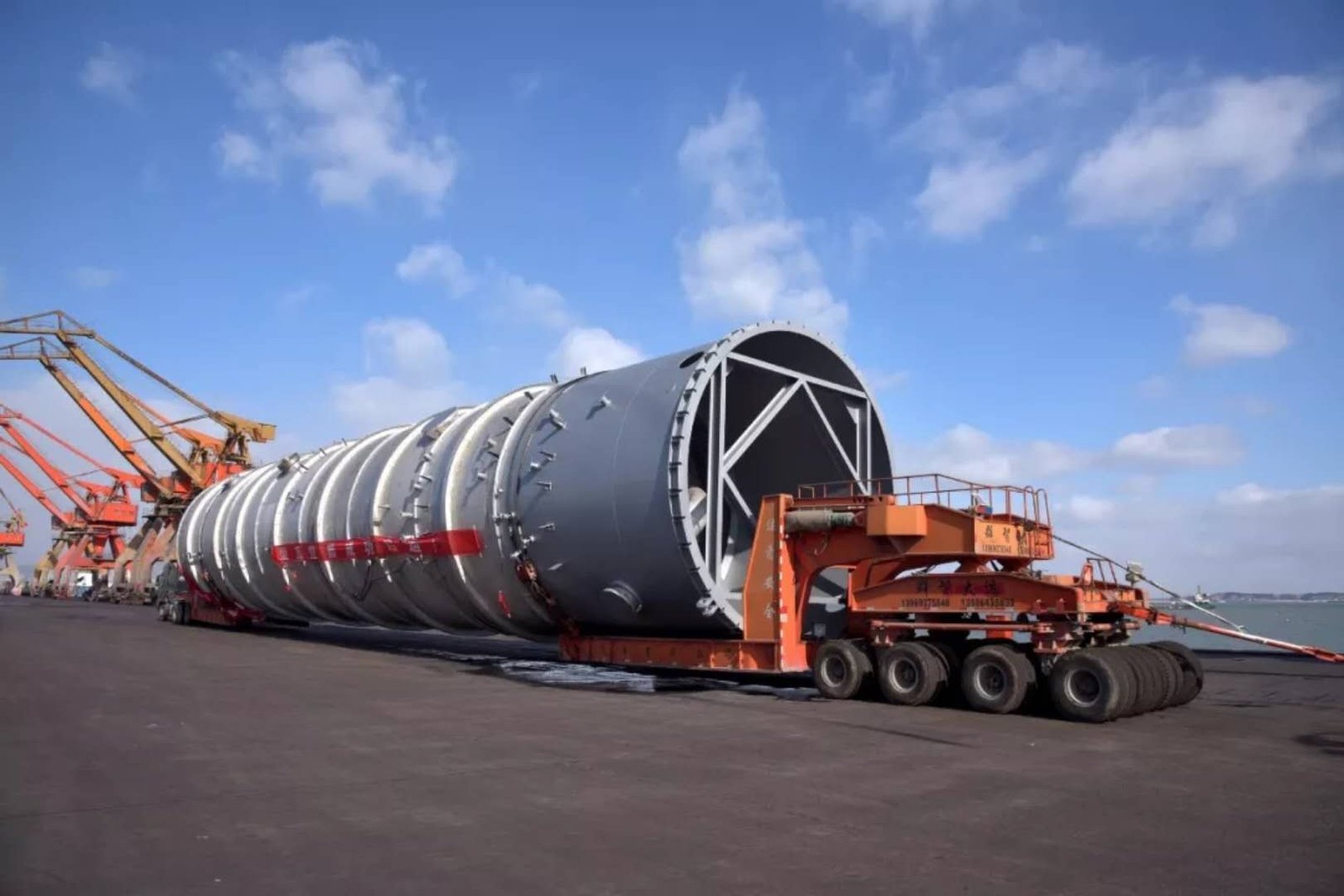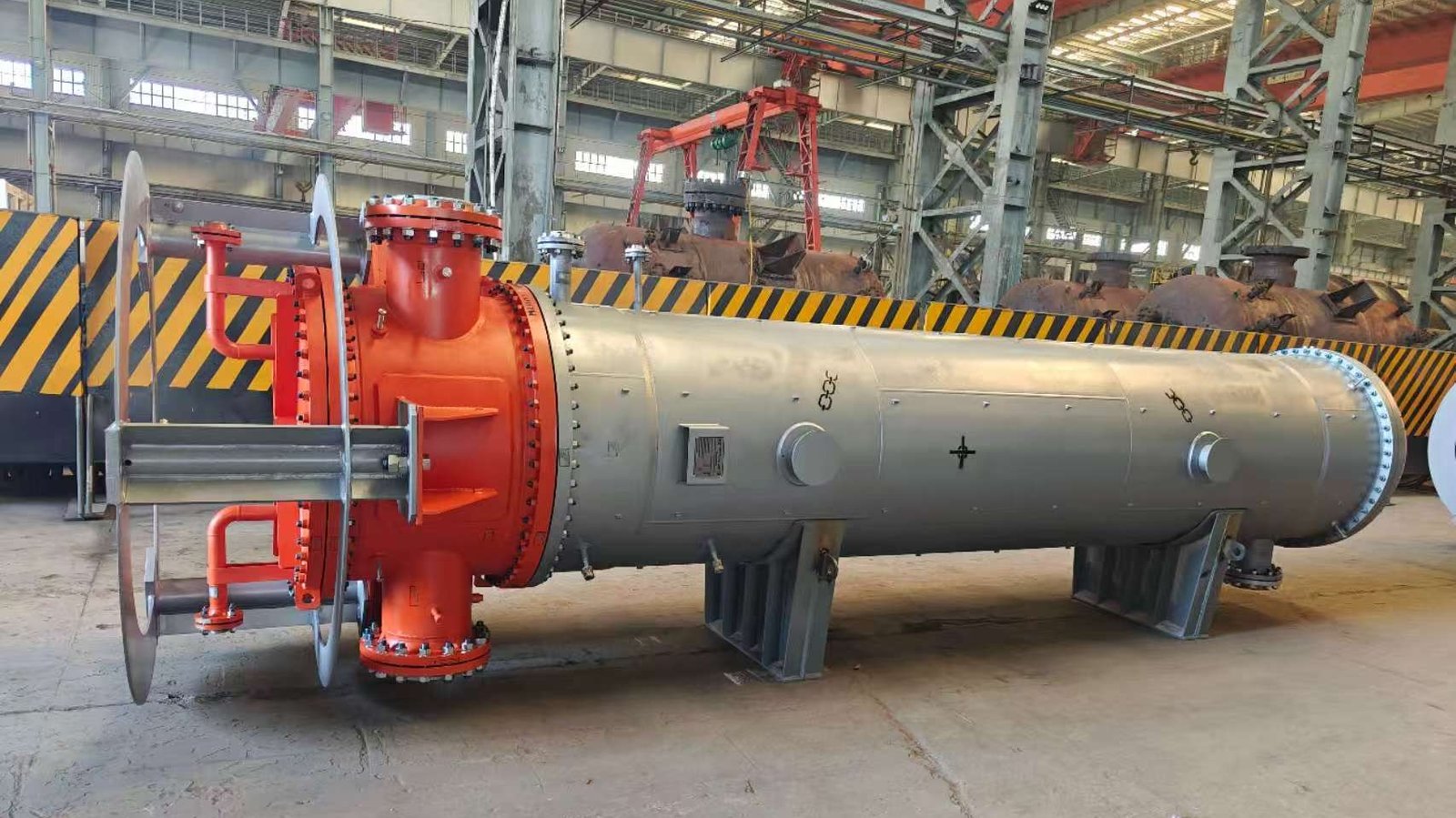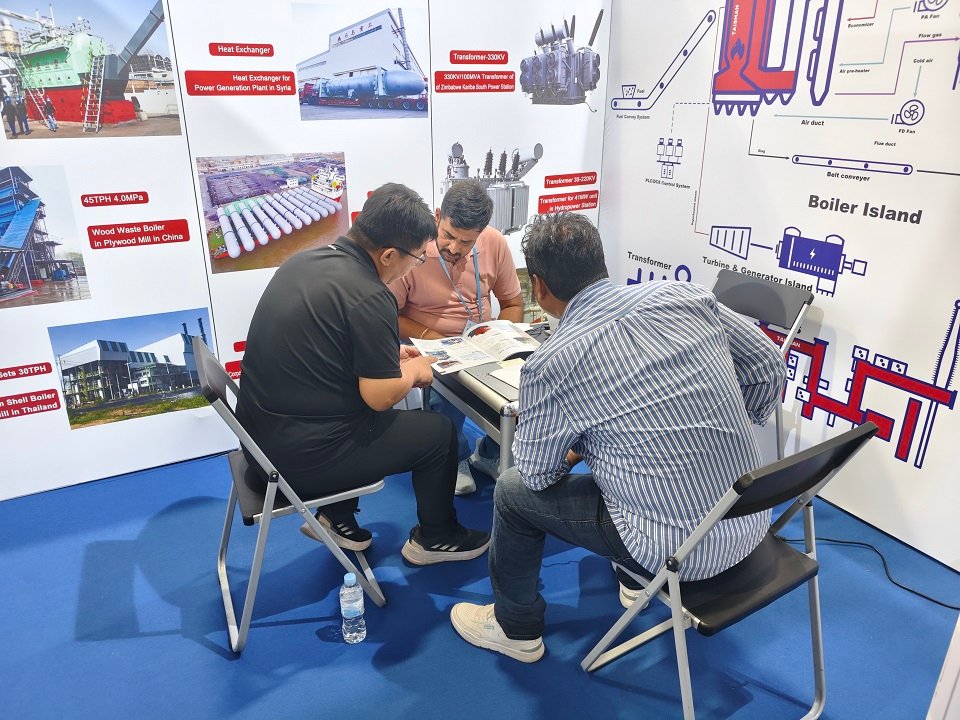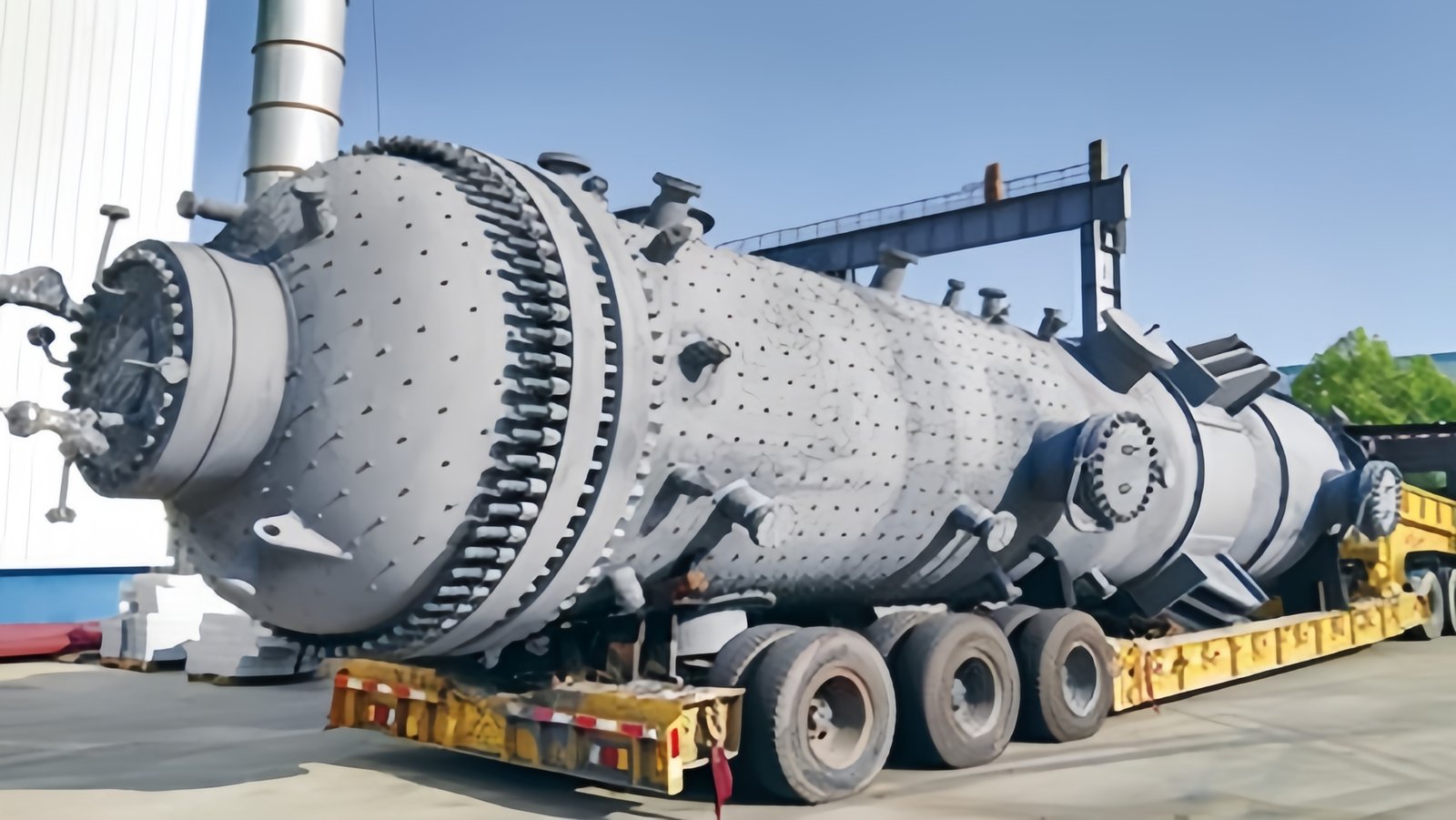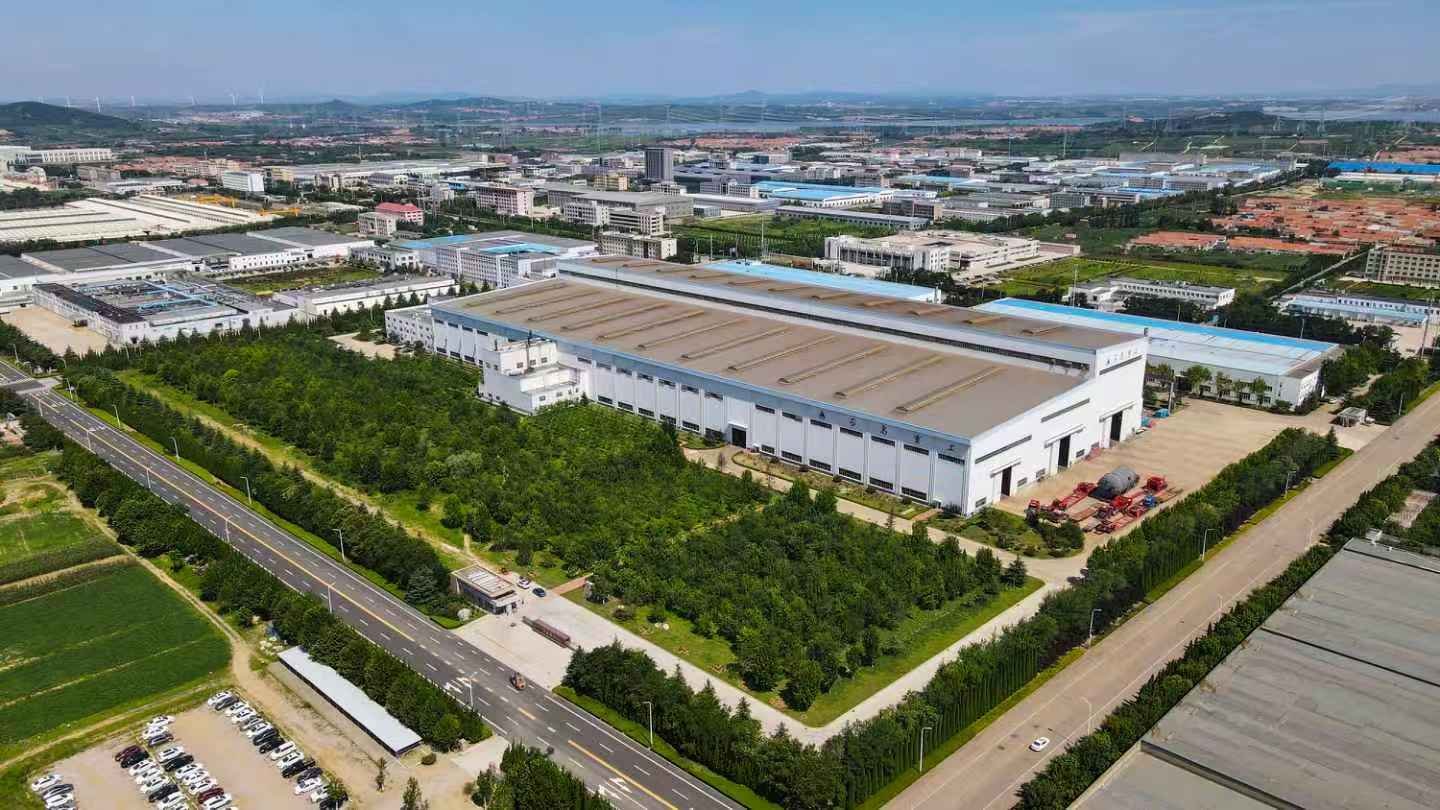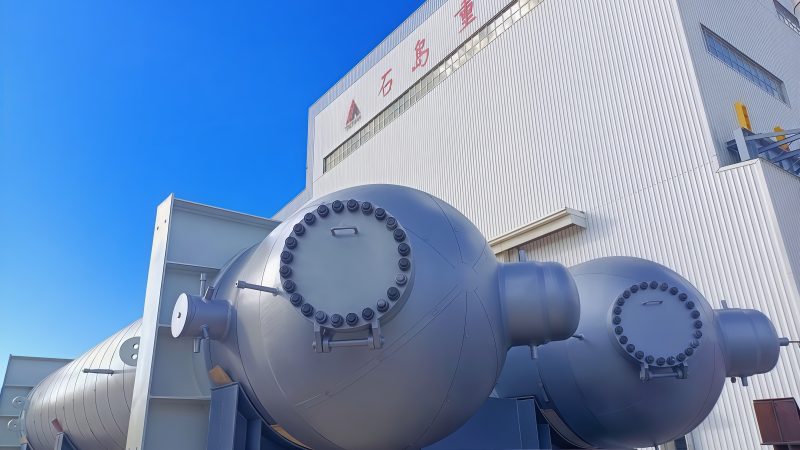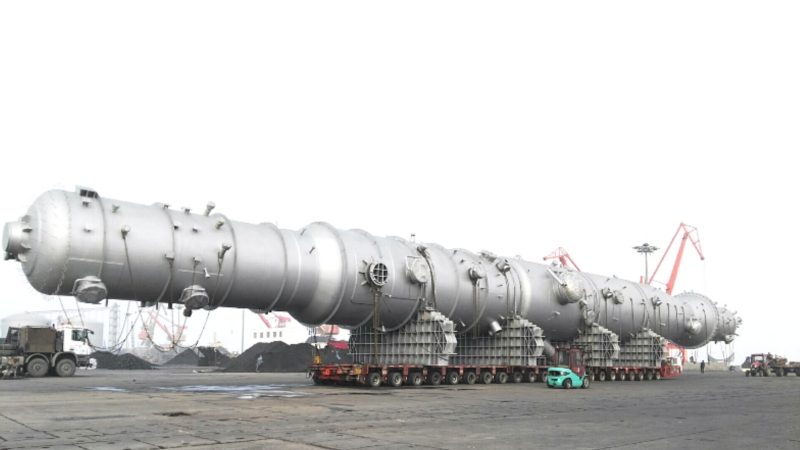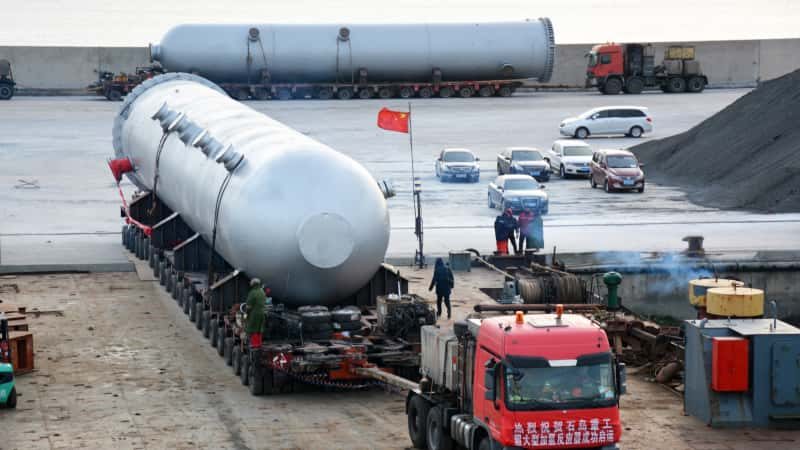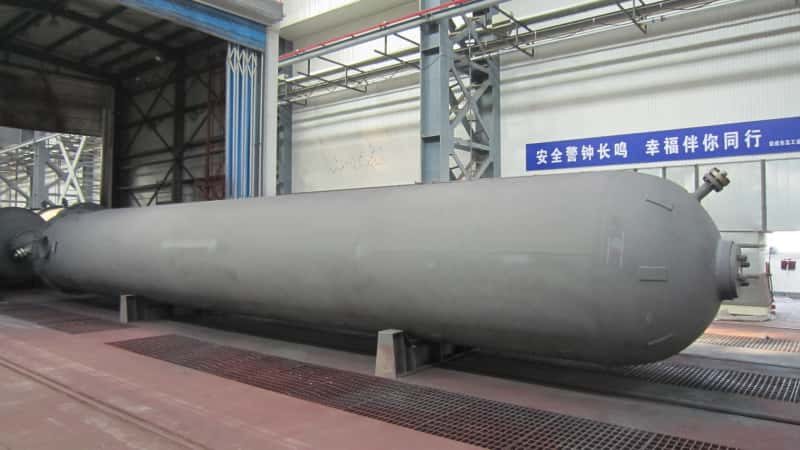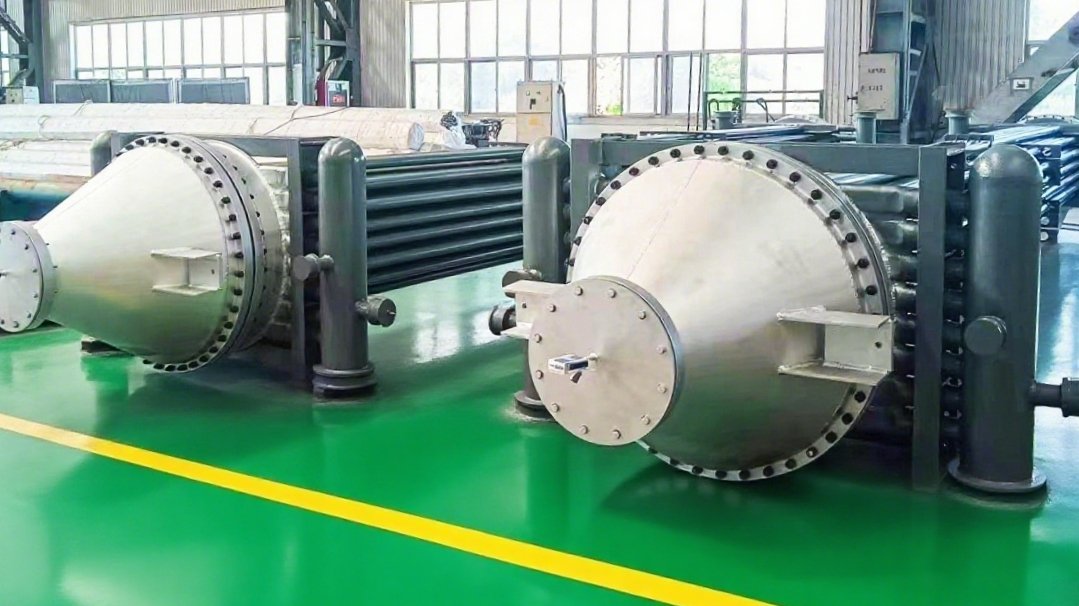
In many critical industries—such as oil & gas, chemical processing, and power generation—the ability to maintain, clean, and service heat exchangers without prolonged shutdowns is paramount. Traditional shell and tube heat exchangers often require time-consuming disassembly, especially at high pressures. This leads to extended downtimes, safety hazards, and high labor costs. Enter the breech lock type heat exchanger, a specialized design that significantly reduces maintenance time while enhancing safety and efficiency. If you’re responsible for maintaining high-pressure thermal systems, understanding this solution could drastically improve your operation’s reliability and cost-effectiveness.
A breech lock type heat exchanger provides fast, tool-less access to the internal tube bundle without the need to remove the entire channel or bonnet, unlike conventional shell and tube exchangers. Its advantages include drastically reduced maintenance time, enhanced safety due to no flange loosening under pressure, compact footprint, and suitability for high-pressure, high-temperature applications. The breech lock mechanism allows safe opening/closing without disturbing the piping, ideal for frequent cleaning or inspections in critical services.
If you’re responsible for system uptime or operational efficiency, the unique locking mechanism of breech lock heat exchangers can be a game-changer. In this article, we’ll break down the mechanical principles, performance gains, and practical differences in maintenance between breech lock and conventional models—so you can decide which best fits your application.
Breech lock heat exchangers do not require flange disassembly for tube bundle access.True
The breech lock mechanism uses a threaded or bayonet-style locking system to allow rapid access without disturbing flanges or connected piping.
What Is a Breech Lock Heat Exchanger?
A breech lock heat exchanger is a specialized shell and tube design where the channel cover and tube bundle are removed via a locking mechanism instead of unbolting flanges. The locking system typically uses rotational threads or a bayonet lock operated by a jacking system. The channel is usually fixed, and only the closure moves. This eliminates the need to disturb the piping or unbolt numerous flange connections during service.
Let’s explore the detailed advantages of breech lock systems by directly comparing them to conventional shell and tube heat exchangers in a technical context.
🔧 Table 1: Design and Maintenance Comparison
| Feature | Breech Lock Heat Exchanger | Conventional Shell & Tube Exchanger |
|---|---|---|
| Opening Mechanism | Lock ring/bayonet breech system | Flanged bolted joints |
| Disassembly Time | < 1 hour (depending on size) | 6–12 hours average |
| Piping Disturbance | None | Required for bonnet removal |
| Safety | High—no bolt release under pressure | Risky—many bolts under tension |
| Ideal Applications | High-pressure, corrosive, or high-maintenance systems | General-purpose systems |
| Footprint | More compact for same capacity | Larger with more clearance needed |
| Cost | Higher upfront | Lower initial cost |
| Maintenance Frequency | High-frequency service acceptable | Low-frequency preferred |
Why Breech Lock Heat Exchangers Outperform in Critical Applications
🛠️ Faster and Safer Maintenance Operations
One of the most practical advantages of breech lock exchangers is their tool-less, bolt-less access to the tube bundle. Instead of removing dozens of heavy, torqued bolts, operators only need to release a locking ring or breech cap. This reduces both personnel effort and time and drastically lowers the risk of injury from pressurized flanges or falling components.
For instance, cleaning or retubing in offshore platforms or petrochemical plants, where space is limited and downtime is expensive, can benefit immensely. With conventional shell and tube units, operators often need cranes or large crews to remove the channel end. In contrast, breech lock units can be serviced by two technicians with minimal tools.
💨 Real-World Example
In a 2021 case study from a Middle Eastern gas refinery, replacing 14 conventional exchangers with breech lock units reduced annual downtime by 144 hours and saved an estimated $2.8 million in lost production per year.
📊 Chart 1: Time Saved per Maintenance Operation
| Type | Average Time Required |
|---|---|
| Breech Lock Exchanger | 1.2 hours |
| Conventional S&T Exchanger | 8.5 hours |
The visual above illustrates the average labor hours required for tube bundle inspection or cleaning in mid-sized exchangers.
🧪 Superior Suitability for High-Pressure and Corrosive Applications
Breech lock exchangers are commonly deployed in high-pressure services exceeding 100 bar, where flanged joints can become a maintenance hazard. The locking mechanism is typically integrated with pressure seals such as elastomeric or metal gaskets, which are less prone to fatigue leakage than bolted flanges.
Additionally, for corrosive services involving aggressive chemicals (e.g., hydrochloric acid or ammonia), the risk of flange bolt degradation is high. Breech lock systems mitigate this by eliminating the need for flange integrity under stress cycles.
💼 Applications Where Breech Lock is the Best Fit
- Hydrocracker and hydrotreating units in refineries
- Ammine and acid gas treating systems
- Urea synthesis loops in fertilizers
- Cryogenic and LNG processing
- Power plants with high-pressure feedwater heaters
Such environments demand quick access and safe operation, which breech lock units provide while extending equipment lifespan.
🚧 Engineering Design Considerations
Locking System Strength and Material Selection
The locking ring or breech cap must withstand the same internal pressure as the rest of the exchanger. Therefore, materials such as SA-350 LF2, Inconel, or Duplex Stainless Steel are commonly used. The threads are designed with safety factors of 3–4 times the max design pressure.
Gasket and Sealing Technology
Unlike flanged exchangers that use spiral-wound gaskets, breech lock units typically employ metal-to-metal cone seats or high-performance elastomeric seals. These gaskets must handle thermal cycling and radial expansion without loss of seal integrity.
🔍 Operational Safety Enhancements
A key feature is the interlocking safety system that prevents the closure from being opened under pressure. This could include a pressure-activated locking pin or mechanical sensor to block rotation until the pressure is zero.
Furthermore, the lack of exposed fasteners means no risk of uneven bolt torquing—a leading cause of gasket failure in traditional exchangers.
📐 Dimensional and Installation Efficiency
Despite having more internal mechanisms, breech lock heat exchangers often feature smaller footprints. This is due to:
- No flange clearance needed for bonnet removal
- Integrated supports that reduce overall length
- In-line orientation of flow paths
This makes them ideal for skid-mounted systems and retrofits in confined plants.
Ending Summary
Breech lock type heat exchangers are not simply a “premium” version of conventional shell and tube models—they are an entirely different maintenance philosophy. With superior access speed, improved safety, and excellent performance under harsh conditions, they solve many of the pain points encountered with traditional heat exchangers. While initial cost may be higher, the return on investment is often realized within a few maintenance cycles through saved labor, reduced downtime, and enhanced safety.
📩 Contact Us Today
If you’re evaluating heat exchanger solutions for high-pressure or maintenance-intensive applications, we can help. As experienced manufacturers and engineers of advanced thermal systems, we’ll assist you in selecting the optimal breech lock heat exchanger tailored to your process. Contact us today for a technical consultation or quotation!



